Art is a creative expression of ideas and experiences. Art is as old as humanity’s existence. Archaeological pieces of evidence show that humans invented art before oral communication. As Ethiopia is considered the birthplace of the human species, it is no surprise that the country has a long and fascinating art history. Ethiopian art, like its culture, has been well preserved, owing largely to the country’s independence. Religion has also played a significant role in the development of Ethiopian art. Religious institutions were the focus of much of the country’s medieval art and architecture. The country has produced some of the most renowned and talented artists worldwide. Ethiopian art is a topic worth exploring, and we will attempt to do so in this article.
A Brief History of Ethiopian Art
Ethiopia’s Art dates back to prehistoric times. Early humans that inhibited the region left their marks in caves. This can be seen in the caves of Laga-Oda, Porc-Epic, and Goda-Ajawa caves found a few kilometers outside of Dire Dawa. These sites were an archaeological goldmine. Apart from the prehistoric artwork, various stone-age tools and bone artifacts have been found. The paintings in the caves feature the shapes of different animals as well as humans and are estimated to be 5,000 years old.
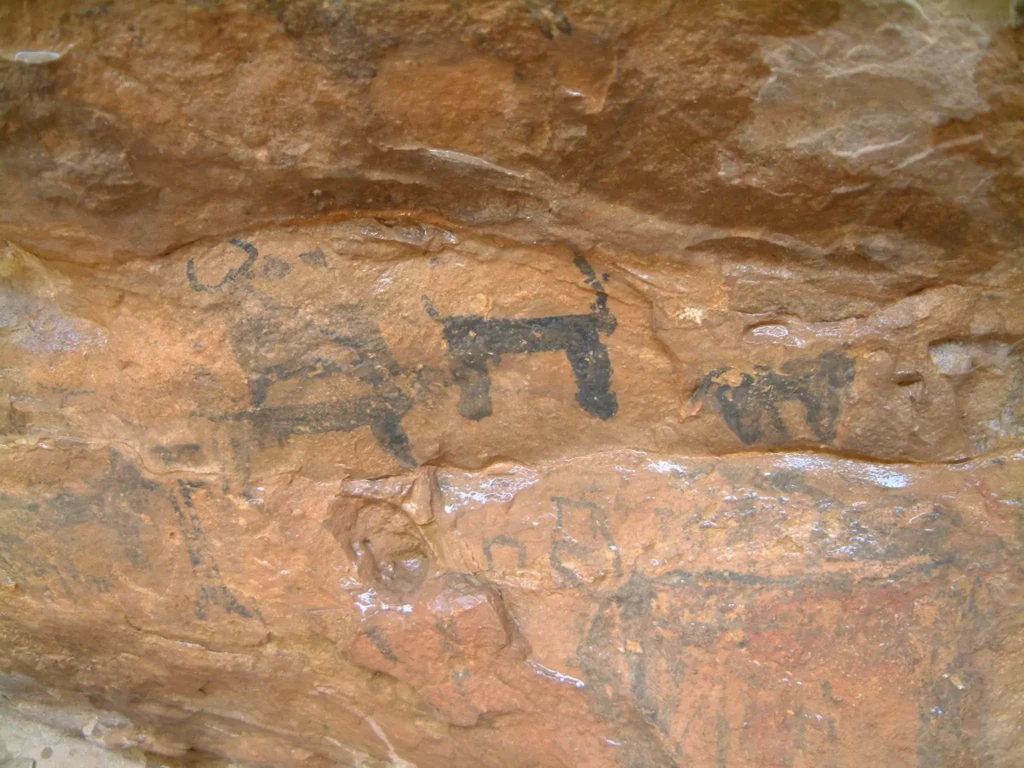
Ancient Ethiopian art is tied to the rise of the Axumite kingdom in northern Ethiopia. Art was an essential part of the Axumite civilization and was often expressed through idol sculpture. That is, until the arrival of Christianity. It greatly influenced Axum’s entire way of life and thus, its art. Illuminated manuscripts contain some of the earliest examples of Christian art in Ethiopia. The Garima gospels are the world’s oldest, most complete, and illustrated manuscripts. Written by Aba Garima from Constantinople, who moved to Aksum in 494 A.D, the manuscript has several illustrations of biblical stories.
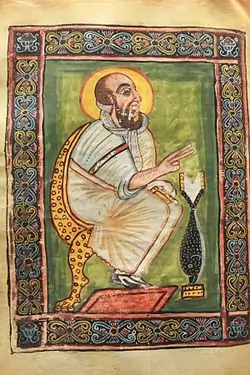
Unfortunately, much of the Christian art from the Axumite era has not survived. This is mainly due to the invasion of the region by Muslim neighbors. Some of the earliest wall paintings date back to the 12th century A.D and are found in the rock-hewn churches of Lalibela. Church paintings in Ethiopia, much like the rest of the world, depict biblical stories, figures, and canonical saints. Stylistically, Ethiopian art is very distinct and can be recognized as such. Even to the untrained eye, certain features stand out and make the painting Ethiopian.
Moving on to medieval times, art was still practiced within a religious context. Illustrated manuscripts, as well as murals, were produced in great amounts. Many monasteries contain paintings, murals, and manuscripts from that era. While Ethiopian art still maintained its character, it was also starting to reflect the influence of European art tradition. This is attributed to Ethiopia’s relationship with European kingdoms at the time and the subsequent introduction of Catholicism in the country.
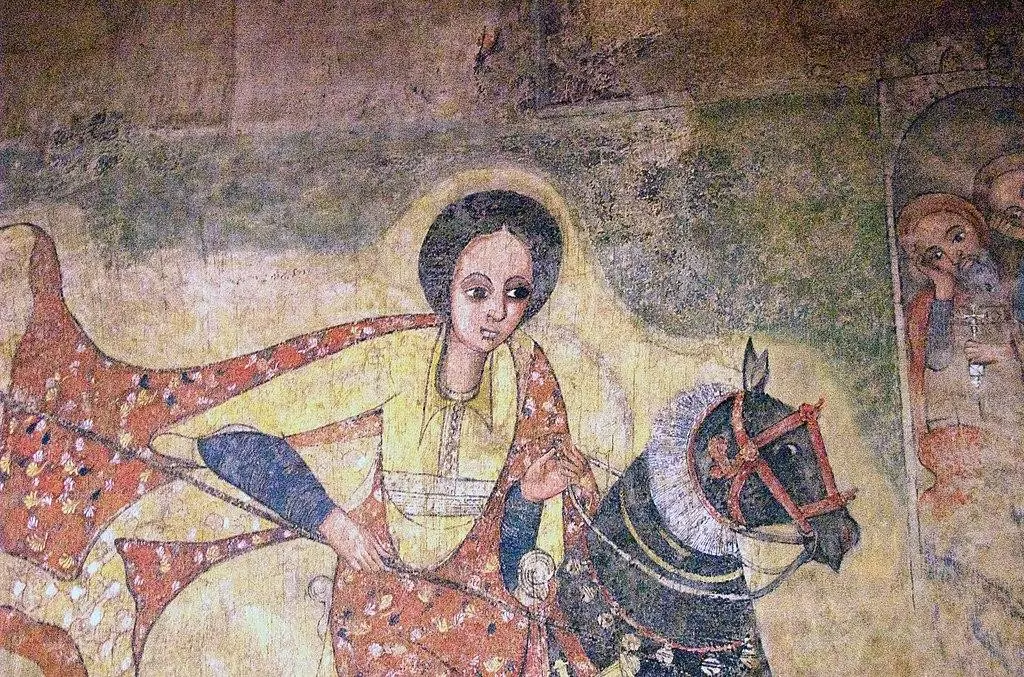
Ethiopia transitioned to modern times in a state of decline. As a result, little can be said about the development of art at this time. But it is known that art largely remained an endeavor of religious institutions. During the turn of the 20th century, however, things started to change. The country’s then-emperor, Emperor Haile Selassie, sponsored artists and architects to be trained in the west, formally integrating secular art into Ethiopian society. Some of Ethiopia’s most prominent artists were produced during this era. While the progression of modern art in Ethiopia was impressive, after the fall of the emperor, art mainly served as a political instrument to Ethiopia’s communist government. Much like other communist countries, Ethiopia saw the production of communist art that displayed the struggle of the working class and other revolutionary messages.
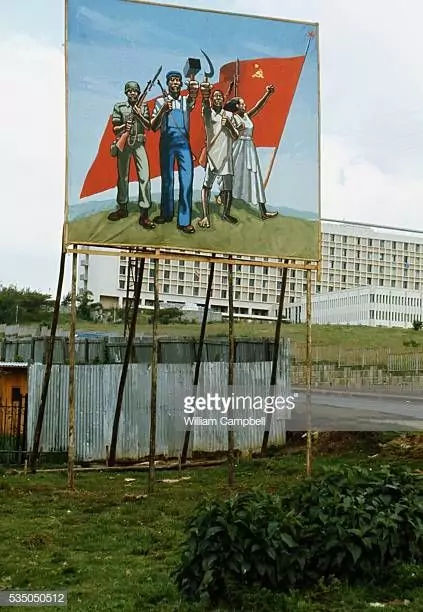
Current State of Ethiopian Art
Following the fall of communism in Ethiopia in 1991, art became a vehicle for free expression once more. Since then, many artists have created incredible religious and secular works. There are now many art galleries in the capital, and the general public’s appreciation for art has grown significantly. We’ve also seen many talented people use digital art to create captivating artwork. These artists are creating both arts with unique Ethiopian characteristics, and we can confidently say that we are living in a new era of Ethiopian art.
Some Examples of Ethiopian Art (Ancient to Modern)
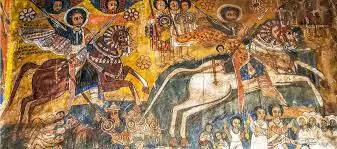
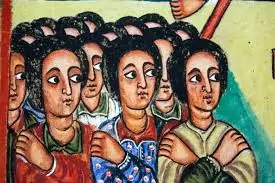
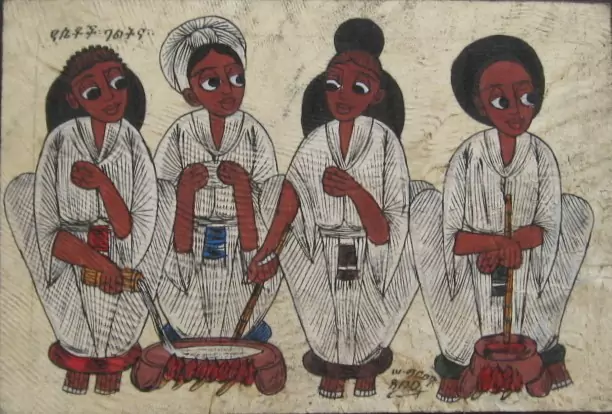
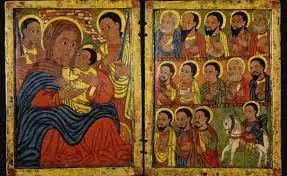
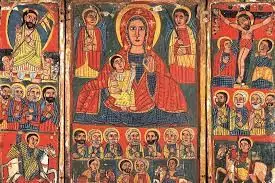
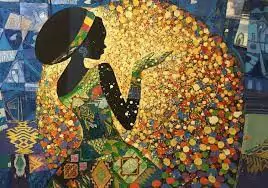
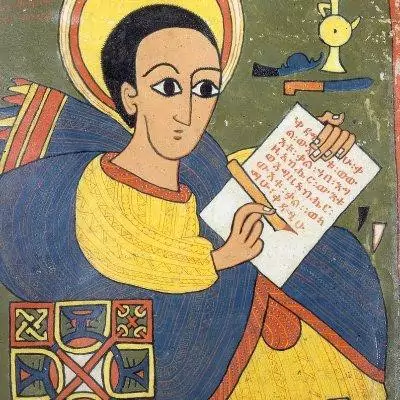
Some Prominent Ethiopian Artists
- Afework Tekle (1932 – 2012): Afework Tekle is one of Ethiopia’s greatest artists. He is well-known for his paintings which often reflected Ethiopian and African themes as well as his works on stained glass. Afework was one of many young people sent abroad for education by emperor Haile Selassie in his modernization efforts. Afework has received worldwide acclaim for his works and has earned the title Laurette.
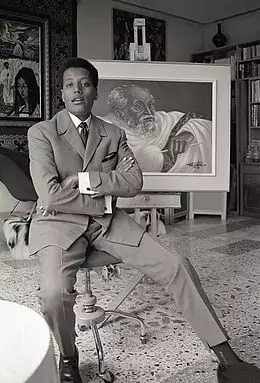
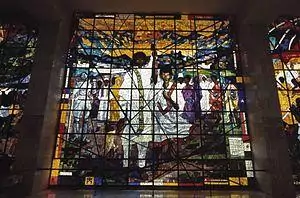
2. Gebre-Kristos Desta (1932-1981): Gebre-Kristos Desta is an artist known for introducing Ethiopia to the modern arts. He was a self-taught artist, although he later formally studied art in Germany. He has held exhibitions in different parts of the world and has served as a faculty member at Addis Ababa University’s school of fine arts.
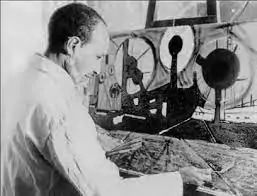
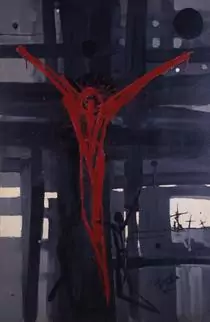
3. Agegnehu Engida (1905-1950): Agegnehu Engida was an Ethiopian artist who created modern art that still retained Ethiopian characteristics. Much like Aafeowrk Tekle, he was sponsored by the emperor to study in Paris. After returning to Ethiopia, he worked on several pieces as well as served as the assistant director of Ethiopia’s Department of Fine Arts under the Ministry of Education.
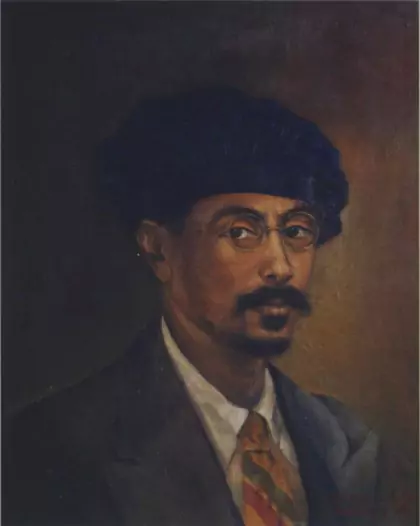
Importance of Ethiopian Art
As it is a country with one of the longest histories, Ethiopia’s art is a significant contribution to human civilization at large. Its preservation is crucial as it represents the country’s history and culture. Apart from aesthetic pleasure, art is a means of reflection, and Ethiopia is best reflected through its art. Art is deeply rooted in Ethiopian society, and that is reflected through clothing, objects of daily use, and practices too. The Ethiopian New Year practice where children go door-to-door and give out their artwork is a good example of this. In short, One can’t understand Ethiopia fully without looking into the art its people made.
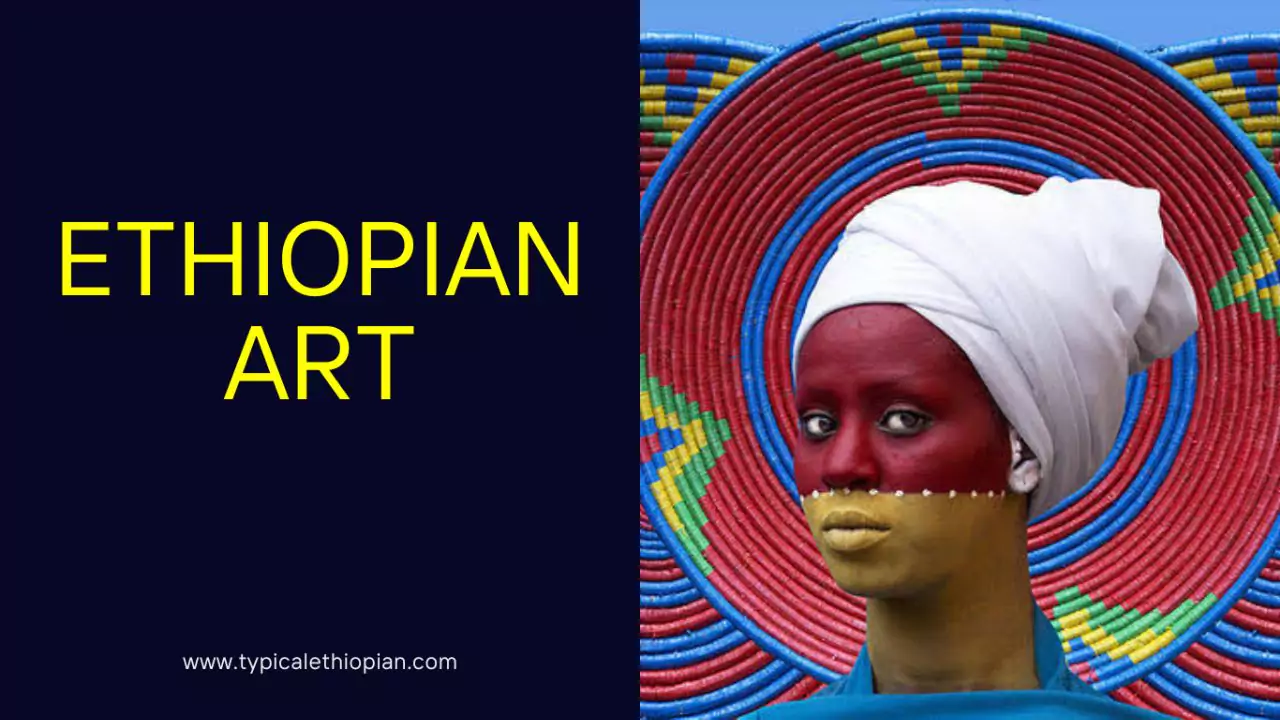
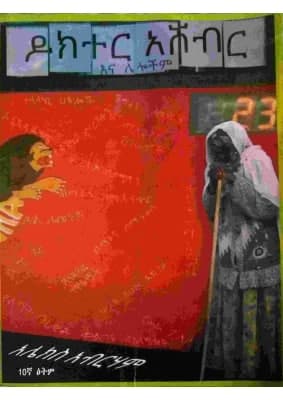
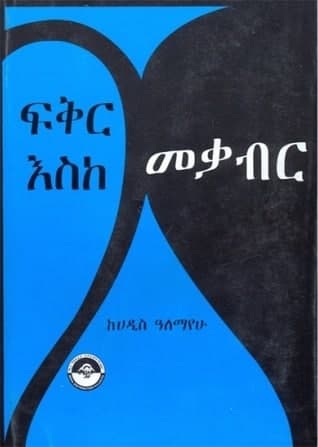

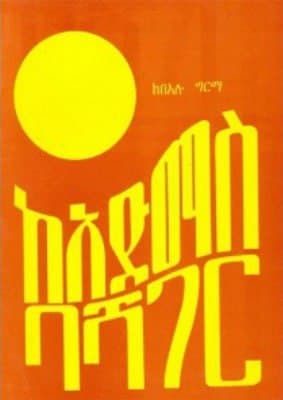
0 Comments